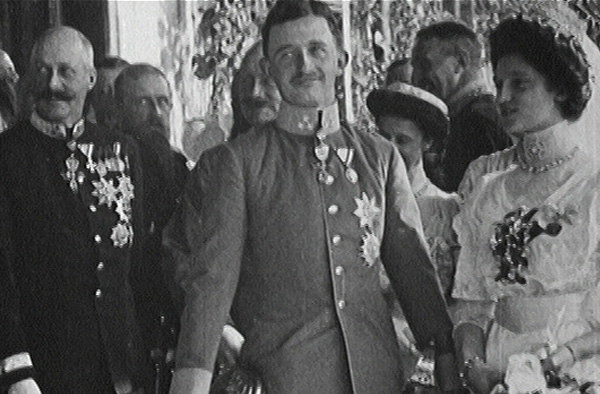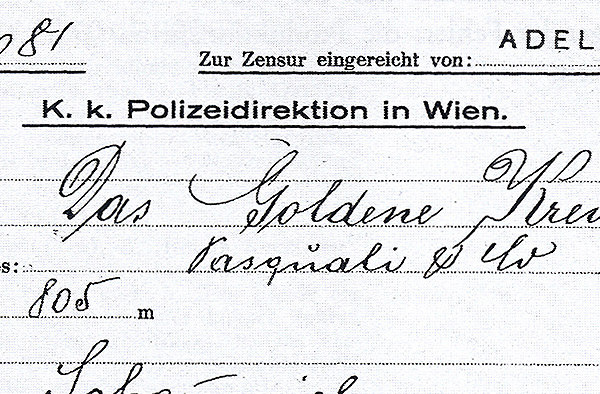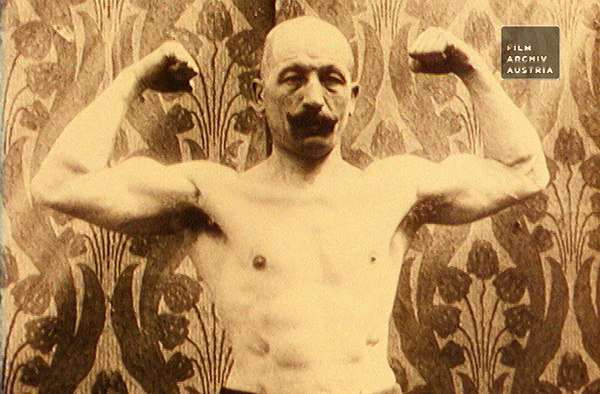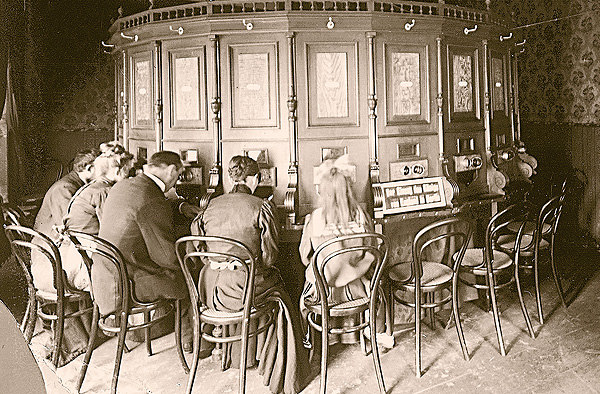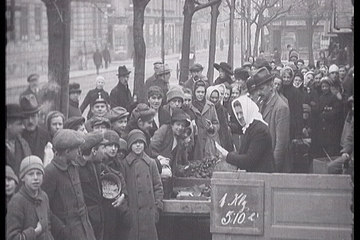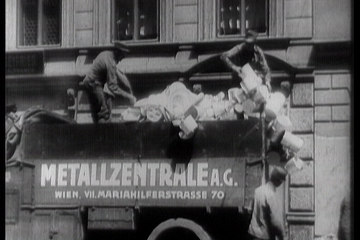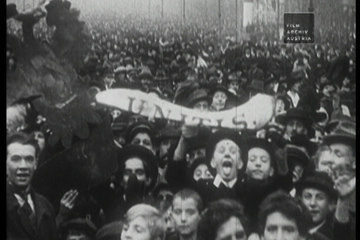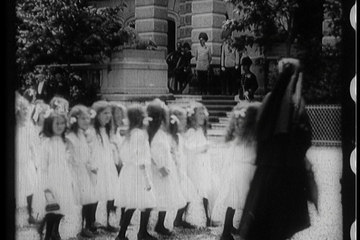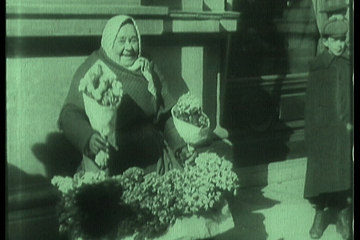Karin Moser
From ‘public nuisance’ to propaganda tool: state intervention and control in film and cinema
Mythical heroes: films as sources, promoters and communicators of ideals and propaganda
Early cinema – attraction and sensation: the development of a medium
The modern film era: technology, mobility and mass appeal
Film documents: after the disaster
The shadow side of the Austro-Hungarian Monarchy and the First World War has barely impinged on the visual memory as there is an absence of film material. Poverty, disease, social arrogance, exclusion, national and ideological conflicts and finally the atrocity of war and mass killing are hinted at in but a few films.
Lack of resources and wartime financial difficulties on film
The war propaganda reported on successful engagements by the troops and advances in production. In reality, the First World War had long turned into a battle for resources.
What the films didn’t show 3: nationalist conflicts
The Habsburg empire had a large number of ethnic groups, languages and mentalities. Ethnic discord, German chauvinism, the Polish question, Italian irredentism, and Serbian, Romanian and Ukrainian interests strained domestic and foreign relations and questioned the limits of the Danube Monarchy.
What the films didn’t show 2: Religious diversity
The Austro-Hungarian Monarchy had a diversity of religions, and the Emperor’s subjects included Catholics, Protestants, orthodox Christians, Jews and Muslims. Except for the Catholic Church, however, religious groups were practically absent from the Austro-Hungarian pictorial canon.
What the films didn’t show 1: Social contrasts
The imperial structure was characterized by a rigid class system and social contrasts. Aristocrats and some of the bourgeoisie saw Habsburg rule as ‘good times’. For the majority of the underprivileged in the country and cities, however, life was fraught.

